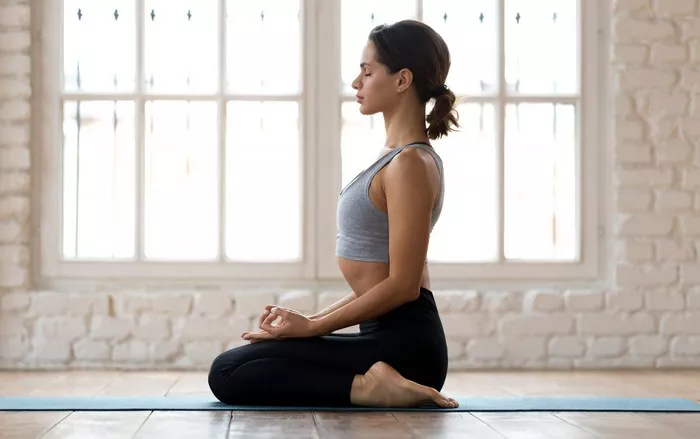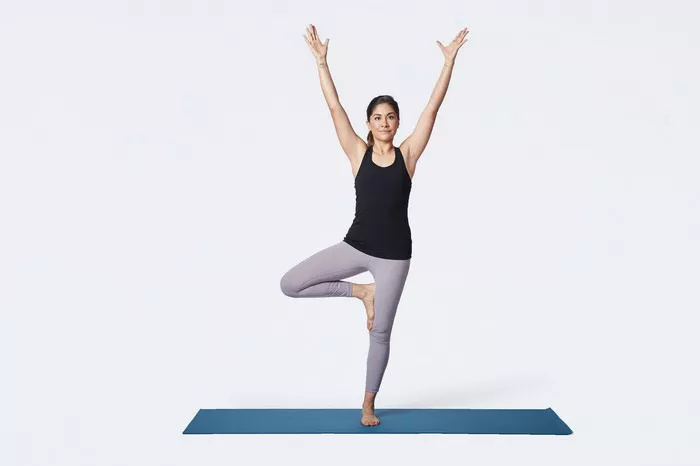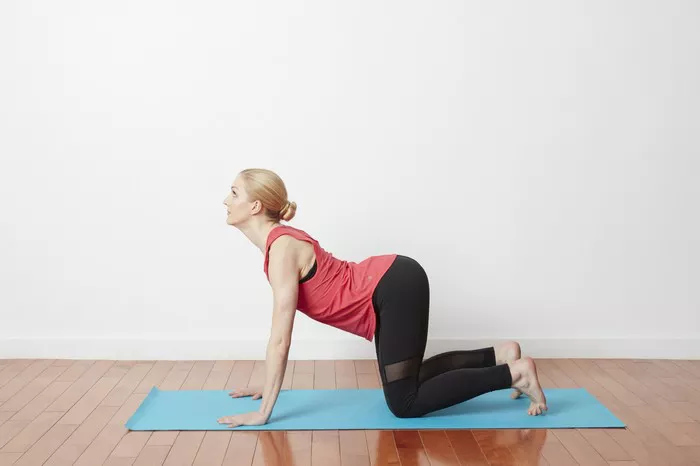Ashtanga yoga is a dynamic and physically demanding style of yoga that combines breath with movement through a set sequence of postures. While it is widely recognized for improving flexibility, balance, and mental focus, many people wonder whether it qualifies as strength training. Strength training typically involves resistance exercises designed to increase muscular strength, endurance, and hypertrophy (muscle growth). In this article, we will explore whether Ashtanga yoga meets the criteria for strength training and how it compares to traditional strength workouts.
Understanding Strength Training
Strength training, also known as resistance training, involves exercises that challenge the muscles through resistance to build strength, endurance, and muscle mass. The key components of strength training include:
Progressive Overload – Gradually increasing resistance over time to promote muscle growth and strength.
Muscle Engagement – Targeting specific muscle groups with enough intensity to cause muscular adaptation.
Time Under Tension – The amount of time muscles remain under strain during an exercise.
Rest and Recovery – Allowing muscles to recover and rebuild after workouts.
Traditional strength training typically includes weightlifting, bodyweight exercises (such as push-ups and pull-ups), and resistance band workouts.
The Physical Demands of Ashtanga Yoga
Ashtanga yoga follows a structured series of poses, starting with Sun Salutations (Surya Namaskar), followed by standing poses, seated poses, backbends, and finishing postures. The practice is physically intense, requiring significant muscular effort to hold and transition between poses. Let’s analyze how Ashtanga yoga aligns with the principles of strength training.
1. Muscle Activation and Strength Development
Ashtanga yoga incorporates weight-bearing postures that engage multiple muscle groups, including:
Upper Body Strength – Chaturanga Dandasana (Four-Limbed Staff Pose) mimics a push-up and strengthens the chest, shoulders, and triceps.
Core Strength – Poses like Navasana (Boat Pose) and Utkatasana (Chair Pose) challenge the core muscles, enhancing stability and endurance.
Lower Body Strength – Standing poses such as Virabhadrasana (Warrior Pose) and Utkatasana build strength in the quadriceps, hamstrings, and glutes.
Grip and Wrist Strength – Arm balances like Bakasana (Crow Pose) develop wrist and forearm strength.
While these postures certainly build muscular endurance and strength, they do not provide the same type of progressive overload as traditional weightlifting.
2. Progressive Overload in Ashtanga Yoga
Progressive overload is crucial for muscle growth. In weightlifting, resistance is increased by adding more weight, repetitions, or sets. Ashtanga yoga does not involve external resistance, making it more challenging to apply traditional progressive overload principles.
However, practitioners can achieve progressive overload in Ashtanga yoga by:
- Holding poses for longer durations.
- Increasing repetitions of vinyasas (flow sequences between poses).
- Advancing to more challenging postures over time (e.g., transitioning from Bakasana to handstands).
- Engaging muscles more consciously to deepen activation.
Though Ashtanga yoga allows for gradual progression, it lacks the measurable and structured resistance increases typical of conventional strength training.
3. Time Under Tension
Strength training requires muscles to be under tension for extended periods. Many Ashtanga postures, especially isometric holds, contribute to increased time under tension. For example, holding an Utkatasana for an extended period activates the quadriceps, similar to a wall sit. However, time under tension in Ashtanga yoga is often inconsistent compared to weightlifting, where reps and sets are precisely structured to maximize muscle engagement.
4. Hypertrophy and Muscle Growth
Traditional strength training, particularly resistance training with weights, is more effective for hypertrophy due to mechanical overload and controlled repetitions. While Ashtanga yoga can enhance muscle tone and endurance, it does not typically lead to significant muscle hypertrophy because:
- There is no added resistance beyond body weight.
- The intensity of muscle contraction varies depending on the sequence and pose.
- Rest periods are minimal, which may limit maximum muscle recruitment for growth.
Ashtanga yoga is excellent for muscular endurance and definition, but it is not the most effective method for substantial muscle gain compared to resistance training with external weights.
Can Ashtanga Yoga Replace Strength Training?
Ashtanga yoga can complement strength training but may not fully replace it for those looking to maximize muscle mass and pure strength. However, it can be an effective alternative or supplement depending on fitness goals:
For Toning and Endurance: Ashtanga yoga is excellent for increasing muscular endurance, toning the body, and enhancing flexibility.
For Strength and Power: Adding traditional strength training can enhance overall muscle mass and power output.
For Functional Strength: Ashtanga yoga improves functional fitness by increasing flexibility, balance, and body control.
Conclusion
While Ashtanga yoga provides significant strength-building benefits, particularly for muscular endurance, core strength, and body control, it does not fully meet the criteria of traditional strength training due to the lack of external resistance and structured progressive overload. However, for individuals seeking a holistic fitness practice that combines strength, flexibility, and mindfulness, Ashtanga yoga can be a powerful addition to a well-rounded exercise routine. To maximize strength gains, combining Ashtanga yoga with weight training or resistance exercises can offer the best of both worlds—building strength while maintaining mobility and flexibility.
Related Topics:
























